Best SSD For Gaming 2021: Top Solid-State Drives For Faster Storage
Choosing the best SSD for gaming can be confusing, but here are our top picks across all formats to make things easier.
In the past, solid-state drives (otherwise known as SSDs) were optional, expensive PC storage devices that you might install your operating system onto for some overall performance benefits, but the flash-based storage has now been around long enough to become a viable option to incorporate throughout your build. From SATA to NVMe, PCIe Gen 3 and Gen4, SSDs come in various shapes, speeds, and, most importantly, price points, which can make finding the best SSD for gaming a little confusing.
Why are SSDs best for gaming?
First, it's important to know just why SSDs are so much better than those chunky, traditional HDDs you might still be using. SSDs use flash memory, which, aside from being much, much faster, is also more reliable. Without all of the mechanical parts that make up an HDD, SSD failures are far less common when moving your PC or coming into contact with magnets. SSDs are also smaller, making them easier to integrate into a build. They're silent, too--no more annoying vibration noise when trying to load up a game of Apex Legends, for example.
Types of SSDs
SSDs come in a variety of types and form factors. SATA SSDs are still incredibly popular and are most likely what you have in your PC right now. They require you to connect them to your power supply and motherboard's SATA ports. M.2 SSDs are a faster option and require you to plug them into the M.2 slots on your motherboard--you'll want to make sure your motherboard has M.2 slots prior to your purchase.
- Read more: The best SSDs for PS5
M.2 SSDs also come in a number of different configurations. M.2 SATA is the slowest, as it uses the same standard that hard drives and early SSDs have used for years. M.2 PCIe, on the other hand, is much faster. Most M.2 PCIe SSDs make use of the NVMe memory standard, offering blistering speeds as they interface directly with your CPU across PCIe lanes. Nowadays, you'll probably only have to choose between Gen3 and Gen4 drives, with the latter requiring either the latest Intel CPUs or AMD's Zen2 or Zen3 CPUs (as well as a compatible motherboard) to access their ridiculously high speeds. M.2 PCIe NVMe SSDs typically cost more, but you can often find NVMe SSDs at a lower price than their regular, thanks to sales.
A few things to look out for
Be sure to consider the type of flash storage an SSD is using. This heavily influences endurance, the number of read and write operations that the memory can support before becoming unreliable or damaged. The more bits stored per layer, the more storage a memory module can offer at the expense of a shorter lifespan. High-endurance flash memory is also expensive, offering far less storage per GB but promising a longer life. If you're just using your PC for light work and gaming, endurance shouldn't really factor into your purchasing decision. This is a concern reserved for intense workloads where you're constantly moving files around, such as with servers and some content creation workloads. Most SSDs listed below use either TLC or QLC flash memory, both of which offer their own pros and cons depending on your most critical use case.
Also important is ensuring that your chosen SSD features an on-board controller. This is mainly an issue when looking at extremely cheap SSDs, many of which manage to cut costs considerably by shipping without a controller. These are generally poor SSDs to invest in, and none on our list are of this type. Equally important is a cache, which is often made with much faster flash storage, such as SLC. A cache speeds up transfers of files by first making use of the faster memory before it's offloaded to regular flash storage by the controller. These can make high-capacity drives operate at high read and write levels, which eventually taper off as the drive fills up. Sabrent uses this effectively to offer competitive prices for high-capacity drives, for example, but it's a compromise you should consider carefully.
The last thing to consider is whether or not you need a heatsink. Many modern motherboards come with at least one M.2 slot with an on-board heatsink, but if you happen to have one without that, then you should consider buying an SSD with one attached already. This is not especially important for PCIe Gen3 SSDs, but it's arguably essential for PCIe Gen4 drives that get notoriously hot during operation. Without an effective heatsink, you can find speeds throttled during use and, in some worse cases, full drive failure as the flash memory gets damaged.
Best PCIe Gen4 NVMe SSD
WD_Black SN850
The Good
- Just ridiculously fast all-round
- Included heatsink is effective and striking
- Works with the PS5
The Bad
- Very expensive
- If used just for gaming, advantages will be slight
PCIe Gen 4 is the latest and greatest in terms of high-performance storage, and while not required for gaming on PC just yet we are already seeing some of its advantages in consoles such as the Xbox Series X and PlayStation 5. If you want to take advantage of such speeds right now, then the best SSD on the market is WD_Black's SN850. It features blisteringly fast 7,000 MB/s read speeds and 5,300 MB/s write speeds, making it suitable for even the PS5's high requirement for internal SSD expansion. On the right compatible motherboard, you can take advantage of those same speeds in games, although its true performance won't be evident until PC games themselves start taking advantage of it specifically.
Best Value PCIe Gen4 NVMe SSD
Sabrent Rocket 4 Plus
The Good
- Also really fast
- Strikes a great balance between performance and price
- Works with the PS5
The Bad
- Although cheaper, still quite expensive
- SLC cache will become less effective as drive fills
There's no debating that PCIe Gen4 SSDs are expensive, but there are some options that offer large capacities for less. The Sabrent Rocket 4 Plus is a great example, offering competitive pricing with only marginal compromises in speed. It achieves this by using TLC flash with an SLC cache, which can achieve performance just shy of the WD_Black SN850--at least, when the drive is empty. As you start filling it up, the performance of the SLC cache will diminish, meaning you'll likely get closer to PCIe Gen 3 speeds when you've finally topped it all up. That compromise might be too high, but considering PC games aren't really utilizing these speeds yet anyway, it might not matter if you just want a fast drive for your most-played titles.
Best PCIe Gen3 NVMe SSD
Samsung 970 EVO Plus
The Good
- Pushes the limits of PCIe Gen3 speeds
- Much more affordable now thanks to PCIe Gen4
- A great balance of performance you can actually use in games
The Bad
- It's already a generation old
- Not cheap enough that it's an impulse purchase
- No included heatsink
It might seem strange to have one of Samsung's EVO SSDs here over one from its Pro line, but the truth is that when it comes to PCIe Gen3, there isn't a drive faster than this improved version of the 970 EVO. The 970 EVO Plus retains the same controller as its predecessor but works with Samsung's newer 9x-layer flash memory. The result is an SSD that pushes the limits of PCIe Gen3, with sequential read speeds of up to 3,500 MB/s and writes of 3,200 MB/s. If you aren't willing to invest in the pricier PCIe Gen4 drives just yet or don't have a compatible motherboard to take advantage of them, then the Samsung 970 EVO Plus is as close as you're going to get today.
Best Value PCIe Gen3 NVMe SSD
Adata XPG SX8200 Pro
The Good
- The best balance of price and performance for gaming
- Speeds close to the pricier Samsung drive
The Bad
- No included heatsink
- Also a generation behind already
Being the fastest PCIe Gen3 SSD doesn't leave much room for value, however, and that's where the Adata XPG SX8200 Pro delivers. It offers speeds just shy of what the Samsung 970 EVO Plus does, with sequential reads of up to 3,500 MB/s and writes of up to 3,300 MB/s. Samsung's flash storage doesn't slow as much as the Adata when the drive starts filling up, which gives the 970 EVO Plus the overall edge, but it doesn't slow down enough to make the price difference between the two a worthwhile factor for the trade in performance. If you want the speeds of NVMe SSDs but also have enough flexibility for capacity, the SX8200 is a great choice.
Best High-Capacity NVME SSD
Sabrent Rocket Q
The Good
- Up to 8TB on a single M.2 drive
- SLC cache will aid the QLC NAND flash, but...
The Bad
- ...once that fills, performance will be drastically reduced
- QLC has bad endurance, making it poor for some workloads
Sometimes you just want the most storage possible with an NVMe drive, and for that you will face compromises one way or another. But there are some drives on the market that still manage to find a balance between performance and value, like the Sabrent Rocket Q. With its capacities reaching up to 8TB, you'll struggle to find any other M.2 drives with the same storage capabilities. The Sabrent Rocket Q achieves this by using QLC NAND flash, which does impact endurance considerably. But if you're just looking for a drive that can store pretty much everything you have digitally and don't plan to do strenuous reads and writes daily, you'll likely not notice. What you might notice is the slower performance as you fill up the drive, reducing the effectiveness of the SLC cache, but that's why this is a great drive purely for large storage requirements, not necessarily performance.
Best RGB NVMe SSD
Adata XPG Spectrix S40G
The Good
- About as beautiful as an SSD can get
- Still respectable speeds despite not being the focus
The Bad
- Generates more heat, throttles faster, and consumes more power
- More expensive for worse performance
This is PC gaming, so of course there's an SSD with RGB integrated. And that makes sense, especially if you're planning to mount a drive like this front and center on your motherboard. If aesthetics are top of the list when shopping for storage, then the Adata XPG Spectrix S40G ticks all the boxes. It's flashy and bright, first and foremost, but also just a great SSD outside of the flair. It's a PCIe Gen3 SSD, with write and read speeds like the XPG SX8200. However, the more power-hungry lighting does produce more heat, which can lead to thermal throttling in more situations. Make sure to place it away from your GPU if you can.
Best SATA SSD
Samsung 870 Evo
The Good
- Pushes the limits of SATA in terms of speed
- A fantastic choice for mass storage of games
- Sleek and easy install
The Bad
- Much, much slower than NVMe drives
- Still requires cabling, which can be annoying
If you're looking to squeeze the absolute best performance you can out of the aging SATA standard, then Samsung's reliable 870 Evo is still the best option out there. It features sequential read speeds up to 550 MB/s, reaching the top of what SATA has to offer, while also using TLC 3D NAND flash for great endurance. What this means is that you can rely on this SSD to store up to 4TB of your games and media for years to come, even if you are in the habit of moving data daily. Its price is still premium, but you won't get better on the SATA front today.
Best Value SATA SSD
Crucial MX500
The Good
- Nearly as fast as the Samsung drive for less
- Plethora of capacity options
- Comes in an M.2 SATA format for motherboard installation
The Bad
- Design is very dated
- Still much slower than NVMe drives
The Crucial MX500 is one of those rare timeless SSDs that has existed on lists like these for years, and for good reason. It strikes the perfect balance between price and capacity, with performance that comes close enough to the fastest in this field that makes its compromises miniscule. If you're looking for a SSD that can hold most of your games, either to play directly off or to provide speedy transfers for a faster SSD in your system, you'll struggle to find a better option than the MX500 and its range of capacities.
If you don't like the 2.5-inch form factor, Crucial has you covered too, offering a SATA M.2 form factor for the same drive. This lets you install it directly onto your motherboard, which can save some space and cable routing complexity in your build. You won't get faster speeds, and you do pay more for this form factor, but it's another option to consider if you can.
More Tech Picks From GameSpot
- Best Computer Speakers For Gaming
- Best 4K TVs For Gaming
- Best Monitor For PS5, Xbox Series X
- + Show More More Tech Picks From GameSpot Links (6)
- Best Gaming Chairs In 2023
- Best Cheap Gaming Monitors In 2022
- Best PC Headsets In 2023
- The Best Nintendo Switch Controllers You Can Buy
- The Best VR Headsets In 2020
- The Best Webcam For 2021: Top Picks For Streaming On Twitch And YouTube
Got a news tip or want to contact us directly? Email news@gamespot.com
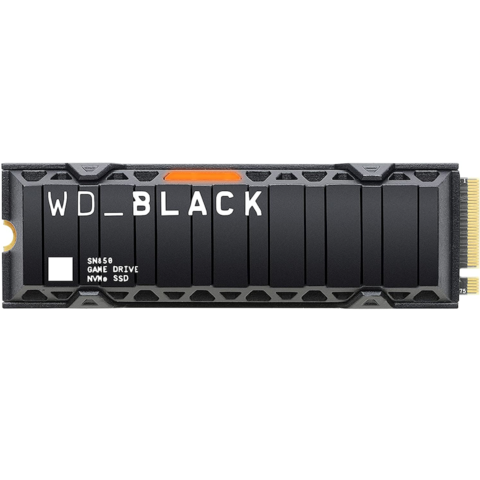
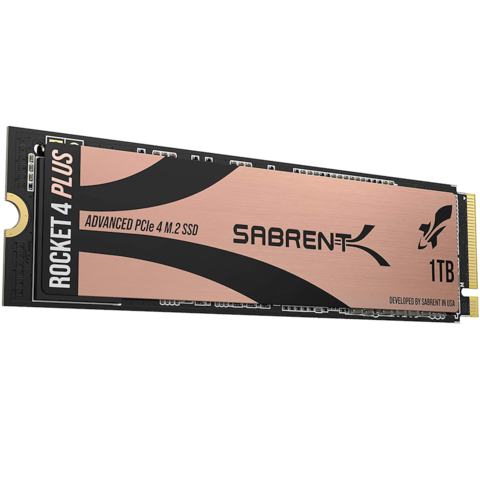
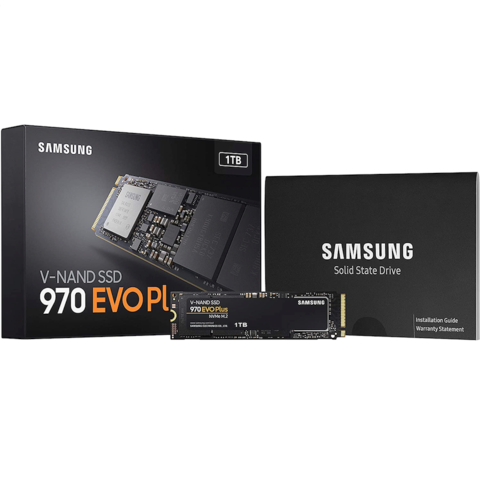
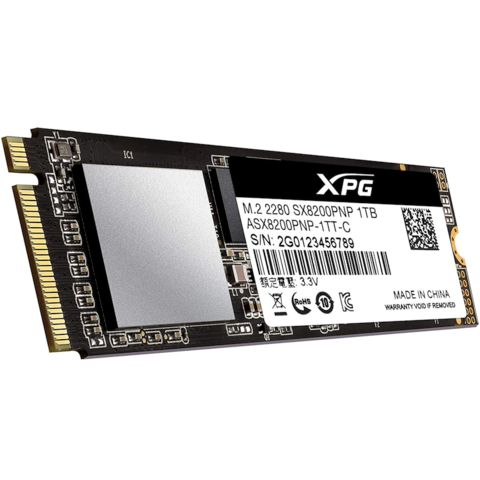
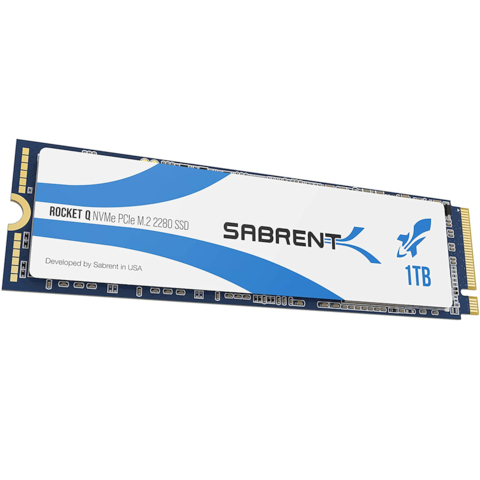
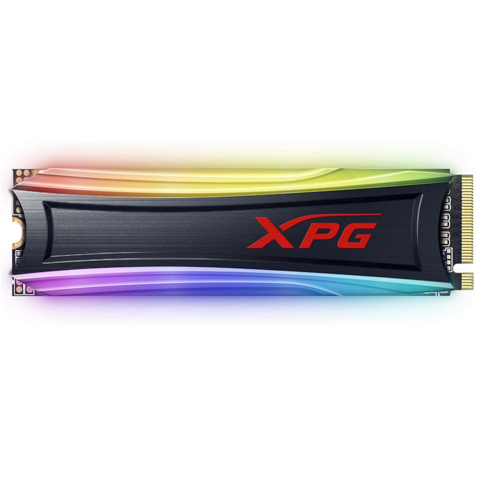
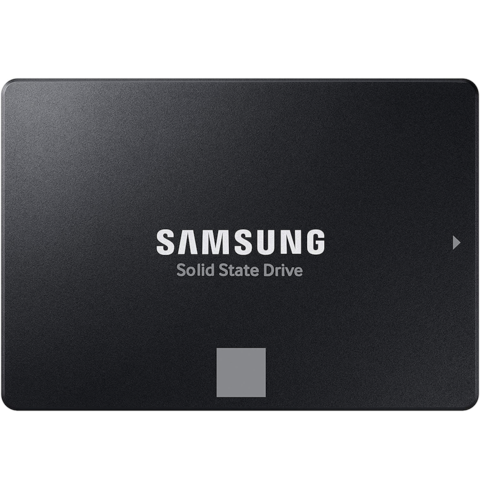
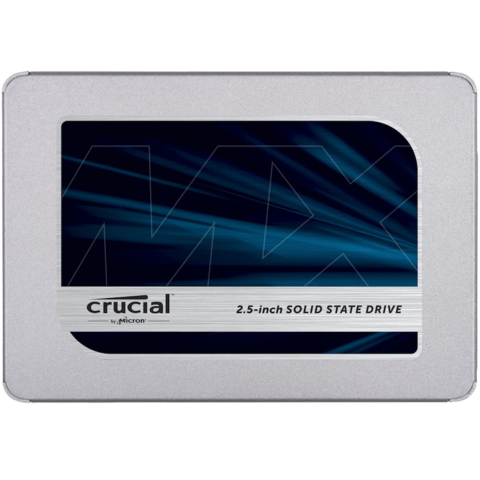
Join the conversation